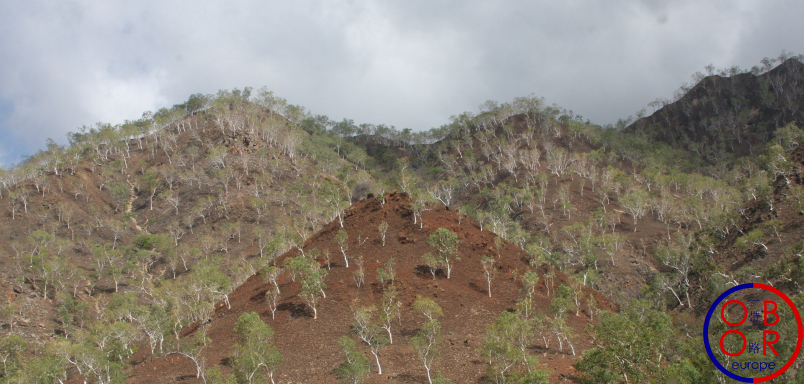by Dr. Sebastien Goulard

In late September 2020, Chinese Foreign Affairs Minister Wang Yi held a phone conversation with his Timorese counterpart Adaljiza Magno; they both agreed to continue cooperation within the framework of the Belt and Road Initiative.
Timor-Leste (East Timor) joined the Belt and Road Initiative in March 2017 during the first Belt and Road Forum for international cooperation. Since then, cooperation and trade have increased between China and Timor-Leste. Chinese companies have developed the national power grid and the China Railway Group has completed the initial phase of the first East-Timor highway (Suai Highway). In early 2020, the China Harbor Engineering Company started to construct the Tibar Bay port. When completed (the first phase is due by late 2021), the Tibar Bay port, operated by French company Bolloré, will become the main gateway to Timor-Leste, and will replace the smaller port facility in Dili.
China had previously supported Timor-Leste with other infrastructure projects including the Presidential Palace. In June 2020, China agreed to support two more infrastructure projects: a hospital and a school with a $14 million donation.
The long road to development
Timor Leste gained independence from Indonesia in 2002, but has since faced many challenges. It is still considered as one of the poorest countries in Asia and hopes to develop through regional connectivity and integration. Timor Leste’s application for membership of the ASEAN group of Nations may soon become effective.
Timor-Leste has a small but young population of 1.2 million people and is trying to attract more FDI (Foreign Direct Investment) into the country. However, the country suffers from poor infrastructure particularly in transportation, water management and power distribution. In 2017, 20% of Timorese households still did not have access to electricity and half of the population was considered as ‘illiterate’.
According to Xinhua, China will soon be sending technical support engineers to Timor-Leste to further assist with the construction of infrastructure and to offer training.
In addition to infrastructure, more cooperation could be developed in the tourism and agriculture sectors. According to the World Bank, 43% of the Timor Leste population still work in agriculture. It is considered important for the local population to move away from subsistence farming and to develop high value crops whilst developing best practice sustainability.
BRI in Timor Leste and the EU
Participation in the BRI and increasing relations with China do not mean that Timor Leste is shutting the door to other potential partners. On the contrary, the government in Dili is looking to develop ties with a range of other countries. The EU and especially Portugal, for historical reasons, are among the largest aid-contributors to Timor Leste.
There is room for China and the EU to cooperate in the development of Timor Leste to the long-term benefit of its people.
Share the post "Timor-Leste confirming willingness to develop BRI"

Pingback:Timor-Leste confirming willingness to develop BRI –MyLuso | MyLuso